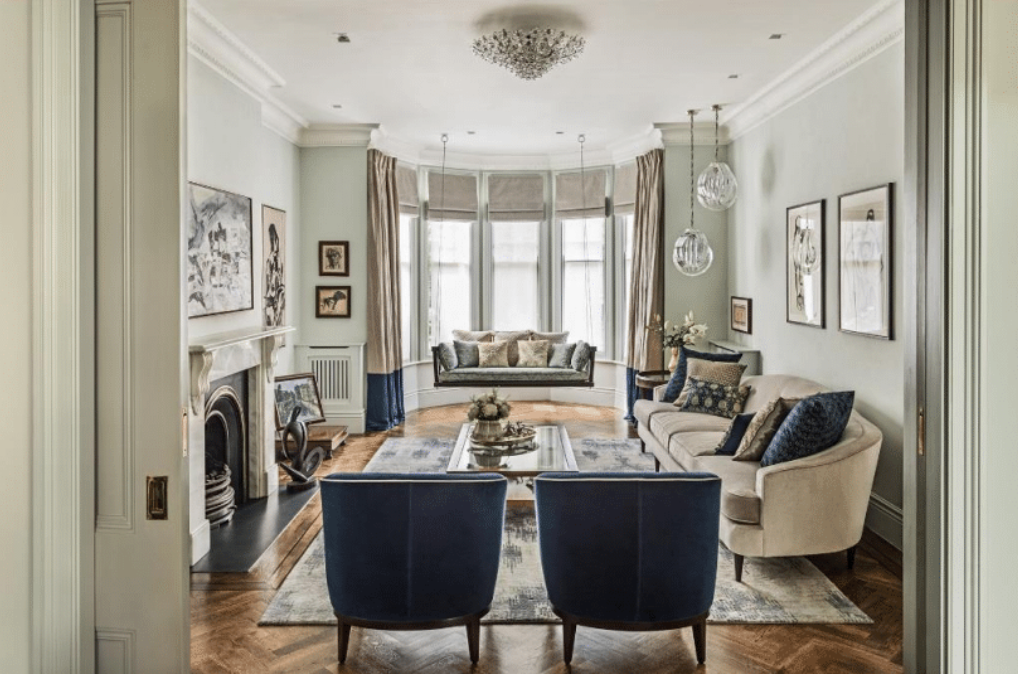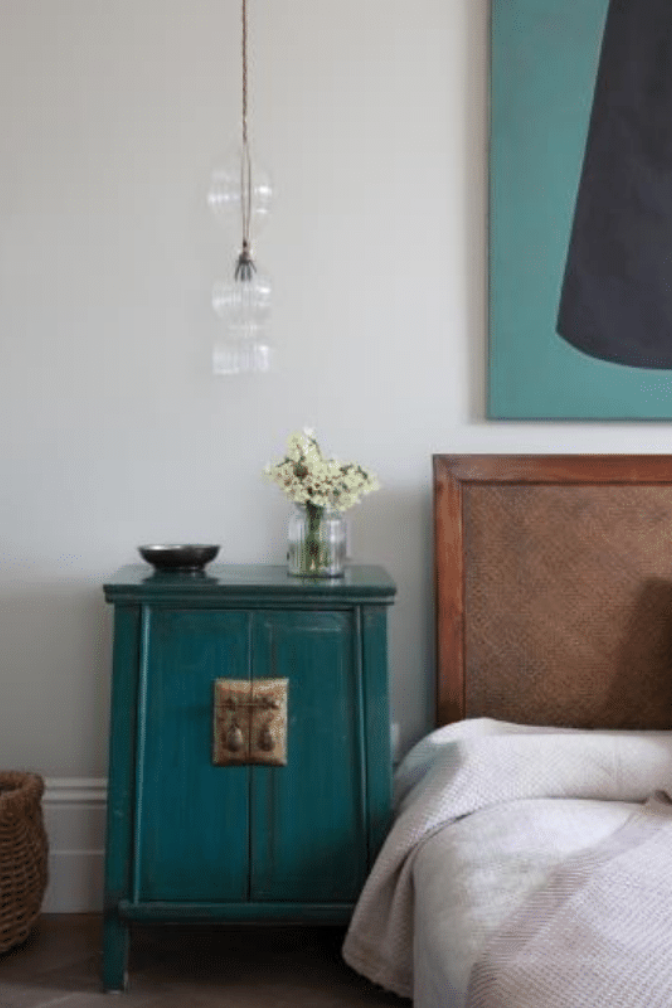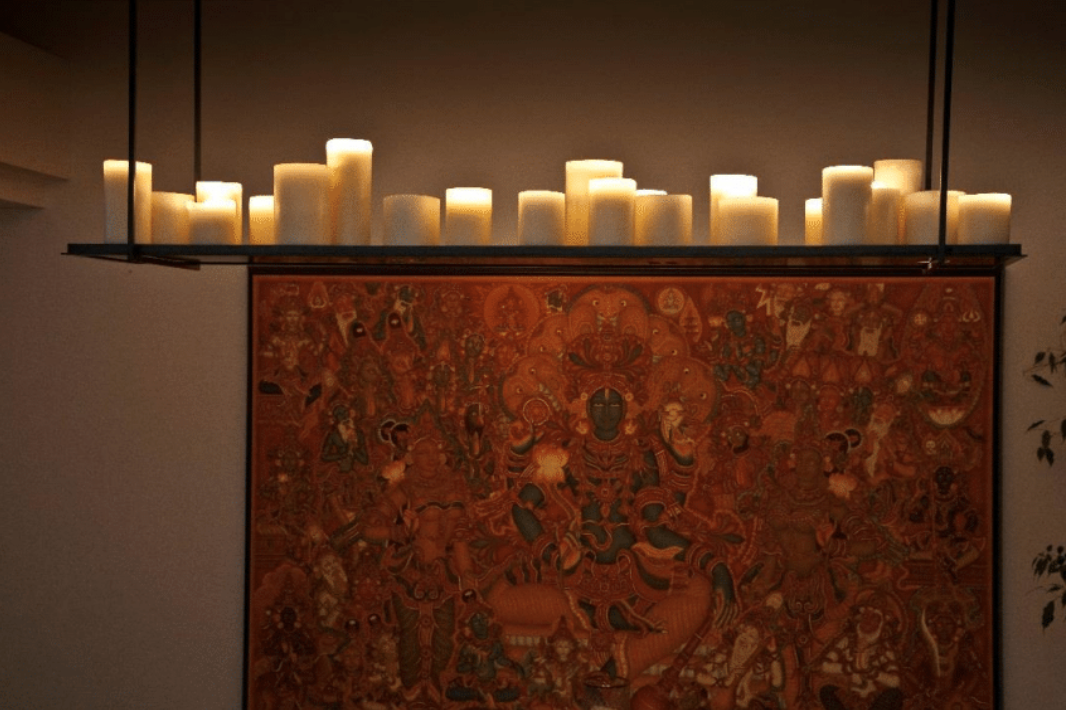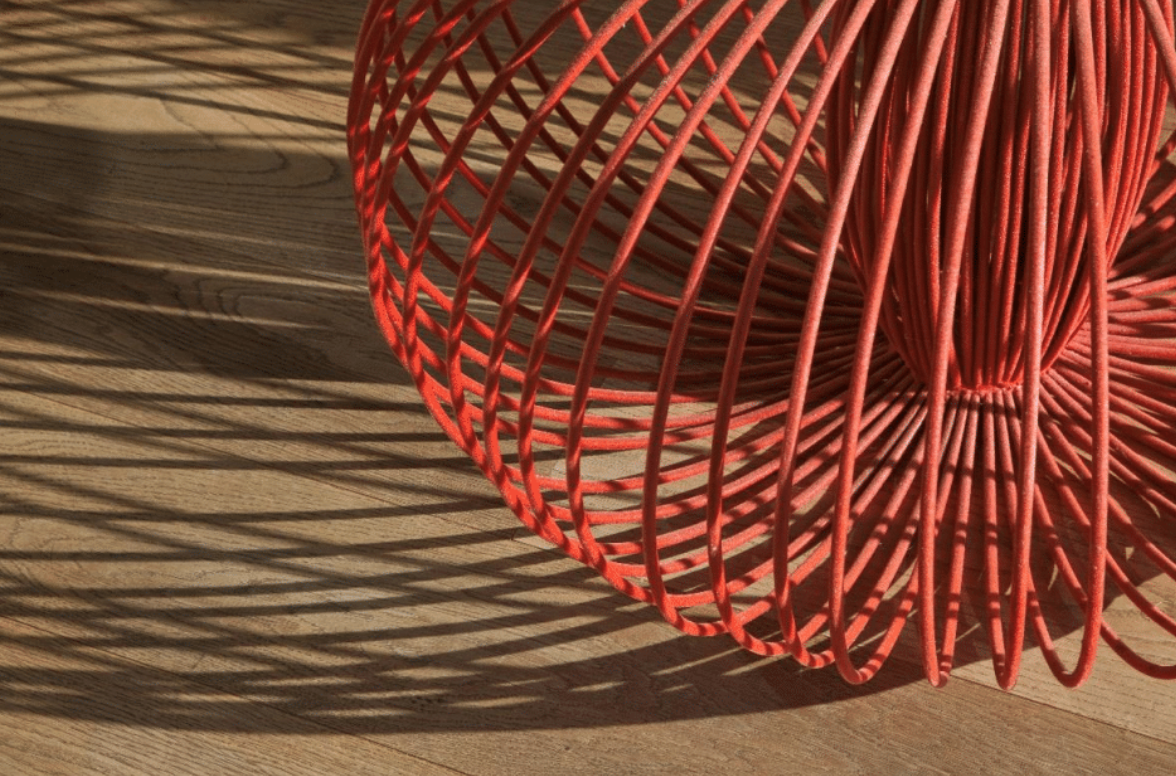Meditation, one of the most powerful tools known to man in quest for clarity of mind. We typically associate it with the realm of intangible cerebral activity. Could it also be understood in terms of spatial practice? Certainly. Skillful physical rearrangement of our external environment, be it furniture, artwork or accessories, can bestow grounding benefits upon those who practice this art of spatial subtleties.
Cultivate your interior land
To meditate in Sanskrit means ‘to cultivate self’. When you cultivate the land, you remove old layers of plants accumulated from previous seasons, you weed out what is no longer beneficial in order to unearth pockets of fertile soil where new seeds can be planted.
I like this definition as it brings to mind a very vivid picture of what interior design has always meant to me – a meditative process of calming one’s mind through the artful reorganisation of interiors. Thus, weeds might represent all those overlooked corners of our homes where we pile up miscellaneous objects that we bring back from exotic trips, all those cupboards sinking under the weight of the trinkets we no longer use, all those misaligned furniture ensembles that grew unchecked over years around our once-so-loved coffee table.

Spatial Meditation
Now, spatial meditation, whether you call it Feng Shui or Vastu Shastra, can and will restore balance to your interiors and your life. Wouldn’t it be wonderful to dance the dance of spatial flow that enhances our senses and unearths reserves of energy that are dormant within us? I invite you to explore with me the fundamentals of Feng Shui used for centuries as a panacea for restoring our mind to the pure meditative bliss.

Wind and Water
“Wind and water” – such is the literal translation of Feng Shui, the ancient Chinese art of balanced spaces. Variables such as the daytime cycles, magnetic lines of the earth and golden geometry principles are all taken into account here to create perfect channels for energy forces to harmonize humans with their surrounding environment. To create a perfect triangle of energy we aim to synthetize the Qi of the space with the Qi of Heaven (energy exerted by heavenly bodies, such as sunshine, moonlight, stars) and the Qi of Man (his personality, character and personal dedication).
Commanding Position
Any exploration of the balance between Yin and Yang (or Sheng Qi and Sha Qi) begins with mapping out of the so-called commanding position. Commanding position of the bed (symbolising your general wellbeing), the desk (your career) and the stove (your finances) determines the flow of nourishing energy towards different spheres of your life. The rule of thumb here is to position these symbolic objects diagonally, but not directly in line with the door.
Thus, when you are sleeping in bed, working at a desk or cooking at the stove you should always see the door, also known as the mouth of Qi, the portal which allows uplifting energy to enter your home and life.

Undulating Energy Flow
Remember energy can be down or up-regulated not only by the calibration of the command positioning but also through the tempo that you assign to the internal flow of your home. Imagine a situation where two doors face each other at opposing ends of the house. In Feng Shui this creates a direct channel, through which energy shoots across the house creating a sensation that is both uprooting and unsettling. This phenomenon can be counterbalanced by placing a coffee table or a piece of art in between these two energy portals, which in turn will slow down the internal energy movement and restore the gracefully undulating flow of Qi back to your spaces.
Restore Mental Clarity
In pursuit of an uncluttered state of mind it is also important to point out what needs to be avoided. One rule that I hold close to my heart relates to the philosophy of positioning artwork. If you hang art too low, you may accidently bring the overall Qi of the room down with it. In addition to this, avoid blocked doors, under-the-bed storage, cluttered cupboards and dirty windows, which symbolically prevent us from having mental clarity and may weigh on us emotionally.

Balance 5 Elements
Finally, to ensure your home radiates limitless energy it is important to ground it in the five elements—earth, wood, fire, water, and metal. A balanced combination of these elements, present either physically or symbolically, will provide an energetic anchor that will not only enhance your mental clarity but also help you turn your fortunes around. Now, you can bring these elements into your interiors in a form of materials and textures, but also more figuratively through colour palettes and sounds that your home resonates with. The element traditionally associated with mental clarity is Metal, represented by cool greys and whites and corresponding to late autumn, evening and the west. If you wish to sharpen your mental focus try to incorporate metal accents in your surroundings – metal finishes or decorative accessories will certainly do the trick.


